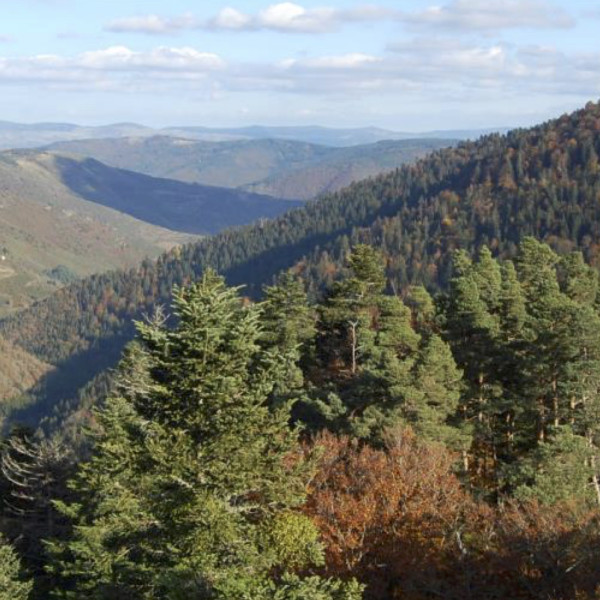
Into the wood, Overlapping perspectives on the history of “ancient forests”
Géolab, en partenariat avec la chaire et l’université d’Aix Marseille, organise les 18-20 Avril 2017 à Padova- Italy un colloque autour des forêts anciennes
- Chantal ASPE – Senior Lecturer (environmental sociology), LPED UMR 151 IRD, University
- of Aix-Marseille (France)
- Sylvain BURRI – Research officer CNRS (history and archaeology), LA3M, UMR 7298 – University of Aix-Marseille (France)
- Sandrine PARADIS-GRENOUILLET – Postdoctoral researcher Marie-Curie (historical geography and archaeobotany) – Dipartimento dei beni culturali, archeologia, storia dell’arte, del cinema e della musica. University of Padova (Italie)
- Romain ROUAUD – Postdoctoral researcher (geography), GEOLAB, UMR 6042 CNRS, University of Limoges (France)
In recent years the number of actions and projects involving “ancient forests” or “ancient woodland” has greatly increased. (French National Forestry Office exceptional forests scheme, WWF program for ancient forests, International Day of Forests, etc.). In ecological, economic and social terms, these forest spaces play numerous, diverse roles. The definition of “ancient forests” varies not only from country to country but also according to disciplinary field. Working on “ancient forests” can involve separating “old- growth forests” from “ancient woodland”, forests that have disappeared and, in the case of “current forests”, those that are not actually very old! “Ancient woodland” or “old growth forests” are often considered as “current forests” of a certain age, but the appreciation of this antiquity depends on time based thresholds that in turn depend on, amongst other things, the sources available to help reconstruct their history.
Even though the concept of “ancient forests” is evolving, the origins of a forest’s antiquity must be addressed. If forests have survived until now, a number of social and economic functions must justify their existence. Coupled with notions of natural refuges and forest biodiversity, these forests are also considered as living archives and witnesses of centuries gone by, as places where heritage and memories accumulate. Both private and publicly owned, these forests are at the crossroads of various, sometimes conflicting, points of view. Their management must not only respond to the great challenges of today’s world, (mitigating climate change, reducing the loss of biodiversity) but also involve efforts to revitalise local economies and improve the quality of life.
Today, as in the past, they offer insights into the changing relationships between society and environment and for this reason are of particular scientific interest.
Integrated inter/multidisciplinary approaches that bring together historical knowledge (economic and social uses of the forest) and naturalistic approaches (study of forest ecosystems) now offer a new means of tackling the question of “ancient forests” However while the various methods and tools implemented ensure a better understanding of past forest spaces, disciplinary and regional compartmentalisation limits a global, integrated approach. To be at the crossroads of human sciences and natural sciences is vital in order to understand the factors leading to the differentiation of historical wooded areas.
The aim of this conference is to allow specialists and researchers from various cultures and different professional fields to meet and exchange views about the study of ancient forests. Foresters, planners, developers, ecologists, biologists, agriculturalists, geographers, historians, philosophers, ethnologists, cartographers, archaeologists, archaeobotanists, sociologists etc., from all backgrounds, are invited to join this debate about our various and varying concept of “ancient forests”.
BP 23204
87032 Limoges - France
Tél. +33 (5) 05 55 14 91 00

